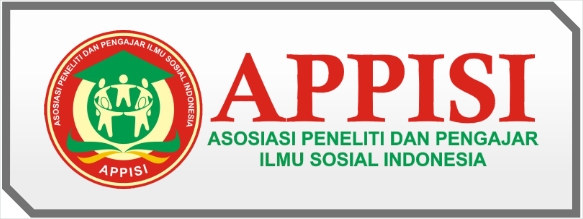Permohonan Pailit Terhadap Anak Perusahaan Badan Usaha Milik Negara
(Studi Kasus PT Indonesia Power)
DOI:
https://doi.org/10.59581/jhsp-widyakarya.v2i1.2084Keywords:
SOEs Subsidiaries, Bankruptcy, SOEsAbstract
In debt and credit problems, bankruptcy is often the last solution to resolve the problem. State-Owned Enterprises or SOEs are also not immune from debt and credit problems that lead to bankruptcy. The regulation regarding the bankruptcy of SOEs itself is regulated in Article 2 Paragraph (5) of the Bankruptcy Law and its explanation. However, problems then arise when the subsidiaries of SOEs become bankruptcy respondents. There is no legislation that specifically regulates the bankruptcy of SOEs Subsidiaries, so this has led to confusion and debate in the community regarding the status of SOEs Subsidiaries in terms of bankruptcy. The ambiguity and debate can be seen in the implications of the bankruptcy petition case filed by the Kinarya Liman Margaseta Consortium against PT Indonesia Power, which is a Subsidiary of SOEs, namely PT PLN. This research aims to find out how the position of a SOEs Subsidiary in terms of bankruptcy is reviewed from the Bankruptcy Law and SOEs Law. The type of research used in this research is normative legal research. The research specifications used in this research are descriptive analysis. The approach used in this research is a statutory approach and case approach. Based on the results of this case study, it can be seen that when viewed from the Bankruptcy Law and the SOEs Law, basically the subsidiaries of SOEs and SOEs cannot be equated in status and position. This is supported by several theories and strengthened by the Constitutional Court Decision and the Supreme Court Decision. Thus, PT Indonesia Power's bankruptcy petition should be filed by its creditors in addition to the Minister of Finance.
References
Alfin Sulaiman. (2011). Keuangan Negara pada Badan Usaha Milik Negara dalam perspektif Ilmu Hukum. Bandung: PT Alumni
Andriani Nurdin. (2012). Kepailitan BUMN Persero berdasarkan Asas Kepastian Hukum. Bandung: PT. Alumni.
Harahap, M. Y. (2009). Hukum Perseroan Terbatas. Jakarta: Sinar Grafika.
Khairandy, R. (2009). Korupsi di Badan Usaha Milik Negara Khususnya Perusahaan Perseroan: Suatu Kajian Atas Makna Kekayaan Negara yang Dipisahkan dan Keuangan Negara. Jurnal Hukum Ius Quia Iustum, 16(1), 73-87.
Yuanitasari, D. (2023). Implikasi Pembuktian Sederhana Atas Pemohonan Pailit Sebagai Langkah Strategis Terhadap Pelunasan Utang PT Yoga Citi Indonesia. Tlutuh Sawo: Jurnal Ilmiah Pendidikan dan Humaniora Vol. 7, No. 1, 34.
Kitab Undang-Undang Hukum Perdata
Peraturan Pemerintah No. 72 Tahun 2016 Tata Cara Penyertaan dan Penatausahaan Modal Negara Pada Badan Usaha Milik Negara dan Perseroan Terbatas.
Peraturan Menteri BUMN Nomor 03/MBU/2012 tentang Pedoman Pengangkatan Anggora Direksi dan Anggota Dewan Komisaris Anak Perusahaan Badan Usaha Milik Negara
Undang-Undang Dasar Negara Republik Indonesia
Undang-Undang No. 2 Tahun 2012 tentang Pengadaan Tanah Bagi Pembangunan Untuk Kepentingan Umum
Undang-Undang Nomor 12 Tahun 2011 tentang Pembentukan Peraturan Perundang-undangan
Undang-Undang No. 17 Tahun 2003 tentang Keuangan Negara
Undang-Undang No. 19 Tahun 2003 tentang Badan Usaha Milik Negara
Undang-undang No. 30 Tahun 2009 Tentang Ketenagalistrikan
Undang-Undang No. 37 Tahun 2004 tentang Kepailitan dan Penundaan Kewajiban Pembayaran Utang
Undang-Undang Republik Indonesia No. 40 Tahun 2007 tentang Perseroan Terbatas
Downloads
Published
How to Cite
Issue
Section
License
Copyright (c) 2023 Nabilla Syafira, Elisatris Gultom, Deviana Yuanitasari

This work is licensed under a Creative Commons Attribution-ShareAlike 4.0 International License.













